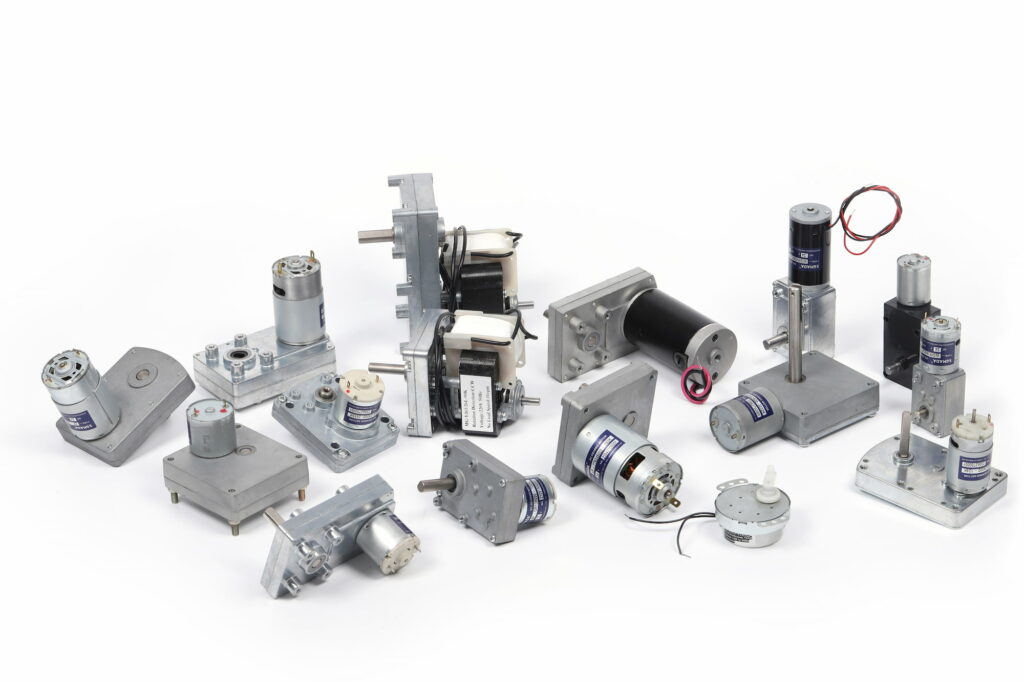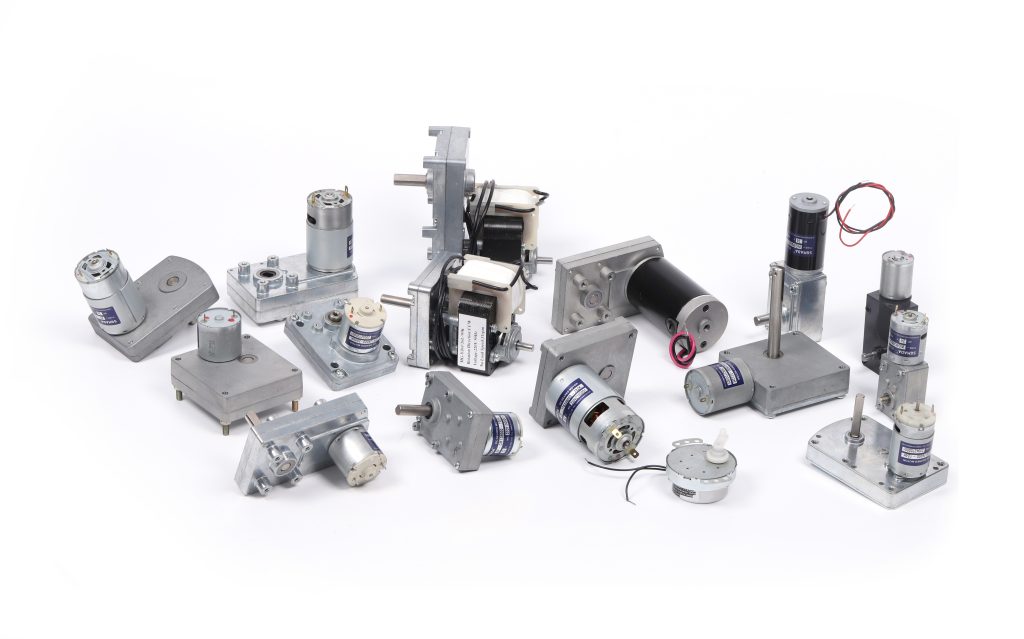Since gears are among the oldest mechanical parts still in use today, the idea of them has been around for a while. Be it the auto industry, the aerospace industry, any piece of industrial equipment, or even something as basic as a clock. Everywhere need gears, thus you might be interested in learning about gear manufacture.
The manufacturing of gears is therefore a topic of concern. This article gives you information on the most popular gear-machining processes that are still in use today.
1.1 Gear Machining Processes
The most frequent material used to make gears are steel, along with a variety of nonferrous materials like plastic and composites. The following processes are used in manufacturing: forging, casting, machining, stamping, plastic injection molding, and powder metallurgy procedures. The most popular production process among these is machining. Three types are most frequently used in gear machining:
- Gear Generation
- Gear Form-cutting
- Gear Forming
2.1 Gear Generation
Gear generating is the process of cutting gears when a revolving cutting tool and the spinning workpiece are in relative motion to one another. Sunderland Method, hobbing, and shaping are the main gear generation processes.
2.1.1 Sunderland Method
Sunderland method using rack type cutter. To complete the machining (cutting) activity, the rack-type HSS cutter, which has rake and clearance angles, reciprocates while engaging in rolling type interaction with the gear blank, much like a pair of rack and pinion.
2.1.2 Sunderland Method’s application
Applications for this method include:
- External spur gears of moderate size with straight and helical teeth and excellent accuracy and quality
- Cutting the teeth of gears with a center recess (groove), such as those with double helical or herringbone gears
- Cutting cluster gears with helical or straight flutes
However, although automatic, this method only requires a few indexing operations.
2.2 Gear shaping
The process of gear shaping is identical to that of rack-type cutting, with the exception that a circular cutter is used instead of a linear rack cutter and the blank revolves like a spur gear as well as the cutter reciprocates.
The generation method, which has great productivity and economy, is characterized by automatic indexing and the capacity of a single cutter to span the complete range of several teeth for a given combination of module and pressure angle. The gear type cutter is built of HSS, has the right rake, and has the right clearance angles.
In addition, gear shaping has the following benefits over rack type cutting:
- There is no need for separate indexing.
- Both exterior and internal spur gears can be made with great accuracy and finished using straight or helical teeth.
- It is also more productive.
2.3 Gear Hobbing
Smaller gears, in particular small helical and spur gears, are made by experts through the process of gear hobbing. It can be used to create sprockets and splines in addition to smaller gears and smaller gearing. There is no alternative way to make either of these.
Benefits
- The process is flexible and produces worm, helical, spur, and worm wheels.
- Gear hobbing is a quick, affordable, and highly productive technique because it is a continuous operation.
- The process yields precise gears and works well for medium- and large-batch manufacturing.
- Because it can cut all gears in a module, regardless of the number of teeth on each gear, the cutter is universal.
Drawbacks
- Internal and bevel gears cannot be produced by gear hobbing.
- For a hob method, there must be enough room in the component configuration.
3.1 Gear Form-cutting
When cutting gear, shaped cutting tools are used, which have the exact shape or profile that is wanted for the completed gear. Broaching and milling are the two main form-cutting techniques.
3.1.1 Broaching
A multi-tooth cutting tool called a broach is used to broach gears, which is the quickest way to machine gears. The teeth of a broach are typically higher than the teeth before them. Because of this, as the broaching process moves along, the depth of the cut gets deeper with each tooth. Teeth for internal gears are often produced via broaching. It is possible to “pot broach” external teeth. The gear teeth are cut during this procedure using a pot, a hollow broaching tool.
3.1.2 Milling
A revolving, multi-edge cutter and a workpiece are moved concerning one another during the fundamental machining process known as milling, which is used to remove individual gear teeth. Large, coarse-pitch gears are created via a technique variant known as “gashing”. Using a revolving cutter to quickly remove metal from a blank, gashing is a technique for heavy-duty milling machines.
4.1 Gear Forming
Without employing cutting tools, gears are made using gear forming techniques (rolling, casting, powder metallurgy, 3D printing). Gear form cutting entails the use of tools for gear profile creation (gear milling, shaping, planning, plotting, and EDM).
4.1.1 Rolling
One of the earliest forms of formation is rolling. By rolling a blank workpiece through two or three dies, the gear is formed. Rolling is a suitable alternative when material conservation is a top priority. Before ramping up production, you must take rolling parameters, deformations, and microstructure impacts into account.
4.1.2 Casting
Casting is a forming technique used to make complete gears with cast tooth shapes as well as gear blanks that are later machined. Casting gears requires careful attention to tolerances and accuracy, and making casting molds requires significant upfront costs. However, once the mold and process parameters are established, high production volumes make the investment worthwhile.
4.1.3 Powder Metallurgy
When compared to traditional, machine-finished steel and cast iron gears, powder metallurgy is a more affordable option for high-precision shaping. Small, excellent spur, bevel, and spiral gears can be made using this technique, but bigger gear sizes are not well suited for it.
4.1.4 3D printing
A three-dimensional object is built via additive manufacturing from a CAD 3D model. Due to the nature of the process, additive machines may create intricate designs with lattice structures. In addition, with additive manufacturing techniques, conventional and non-circular gears can be produced, and high-quality 3D printers are widely accessible and reasonably priced.
5 Conclusion
As you can see, there are numerous techniques for manufacturing gears, whether they are generated, formed, or cut. We sincerely hope that this article has helped you comprehend the most popular manufacturing methods.




